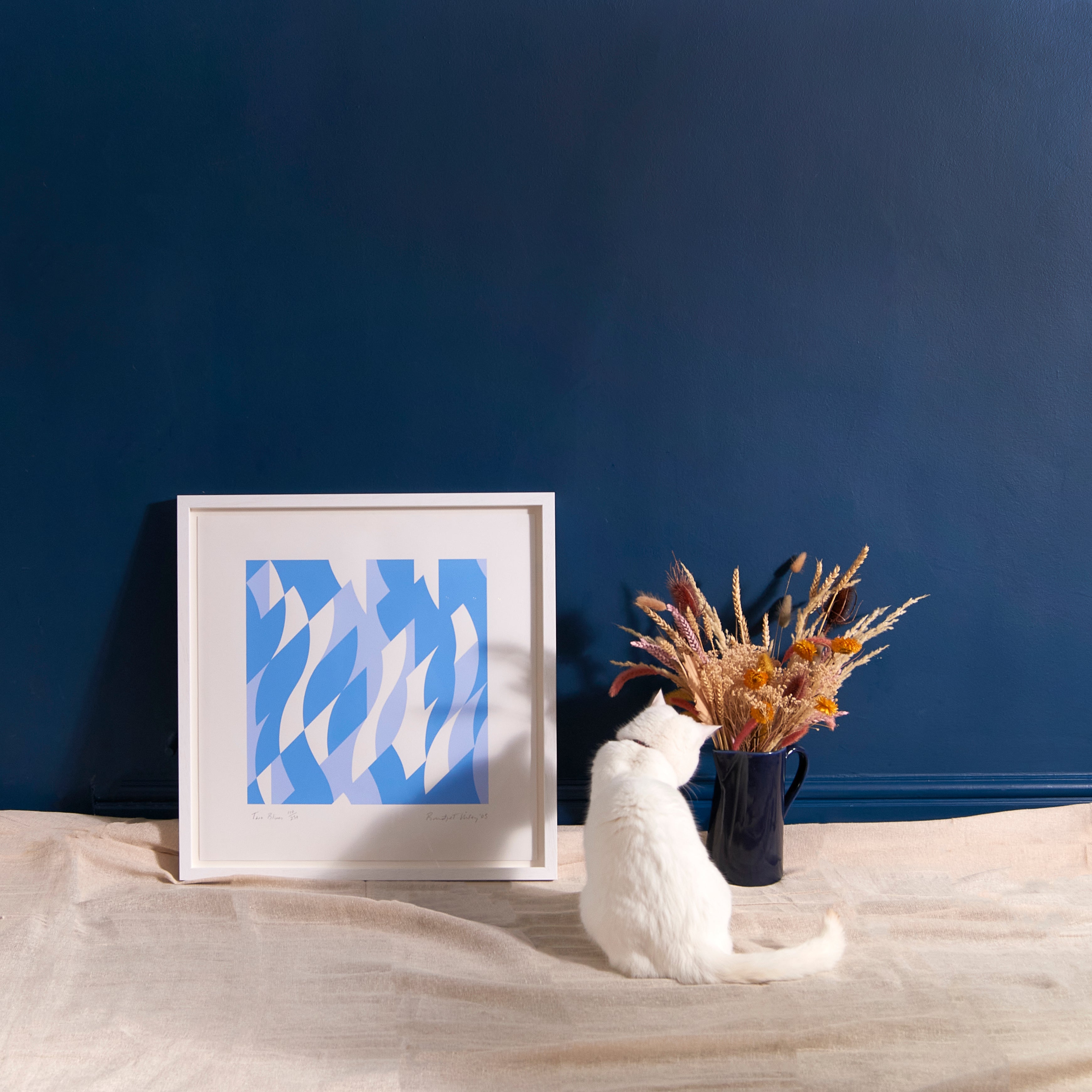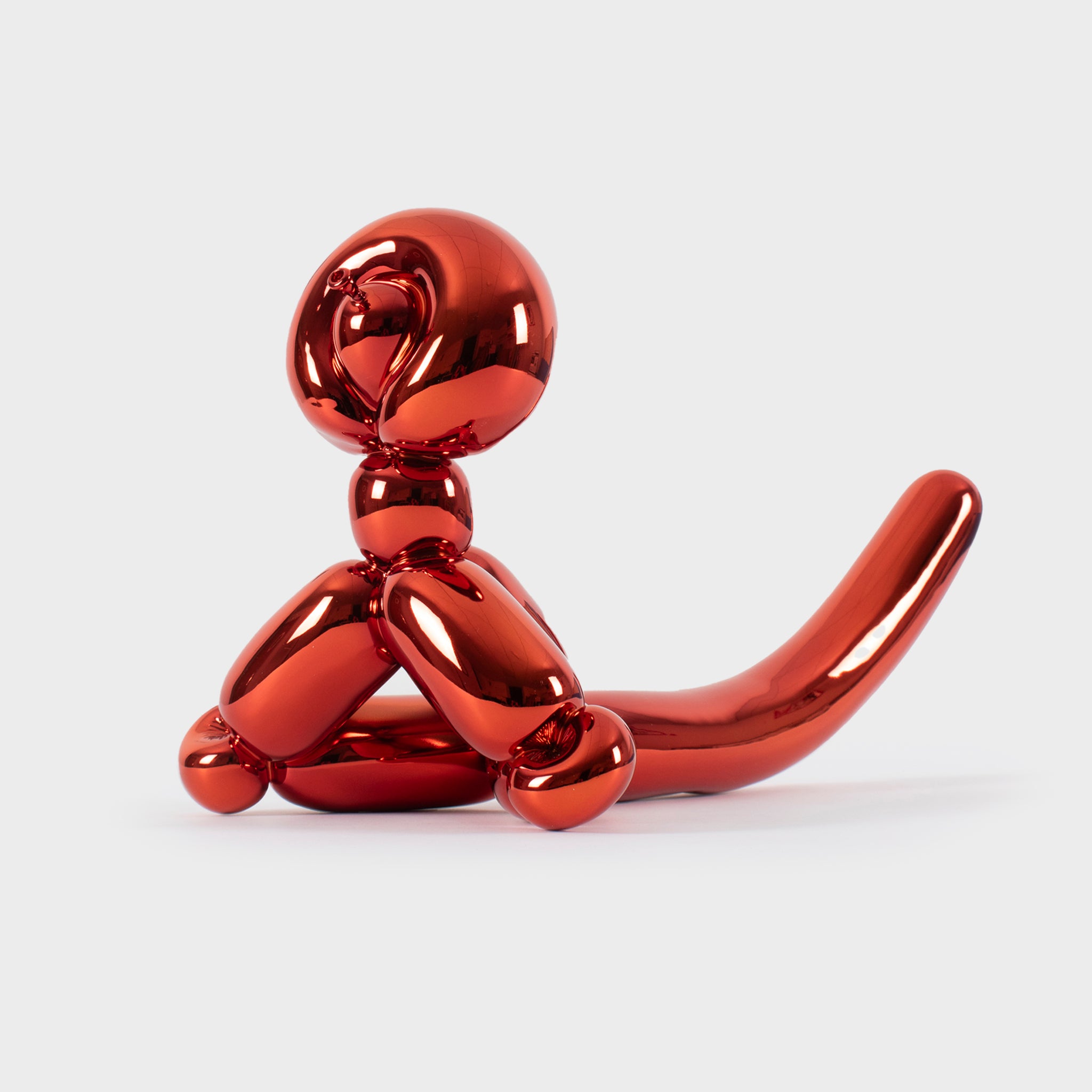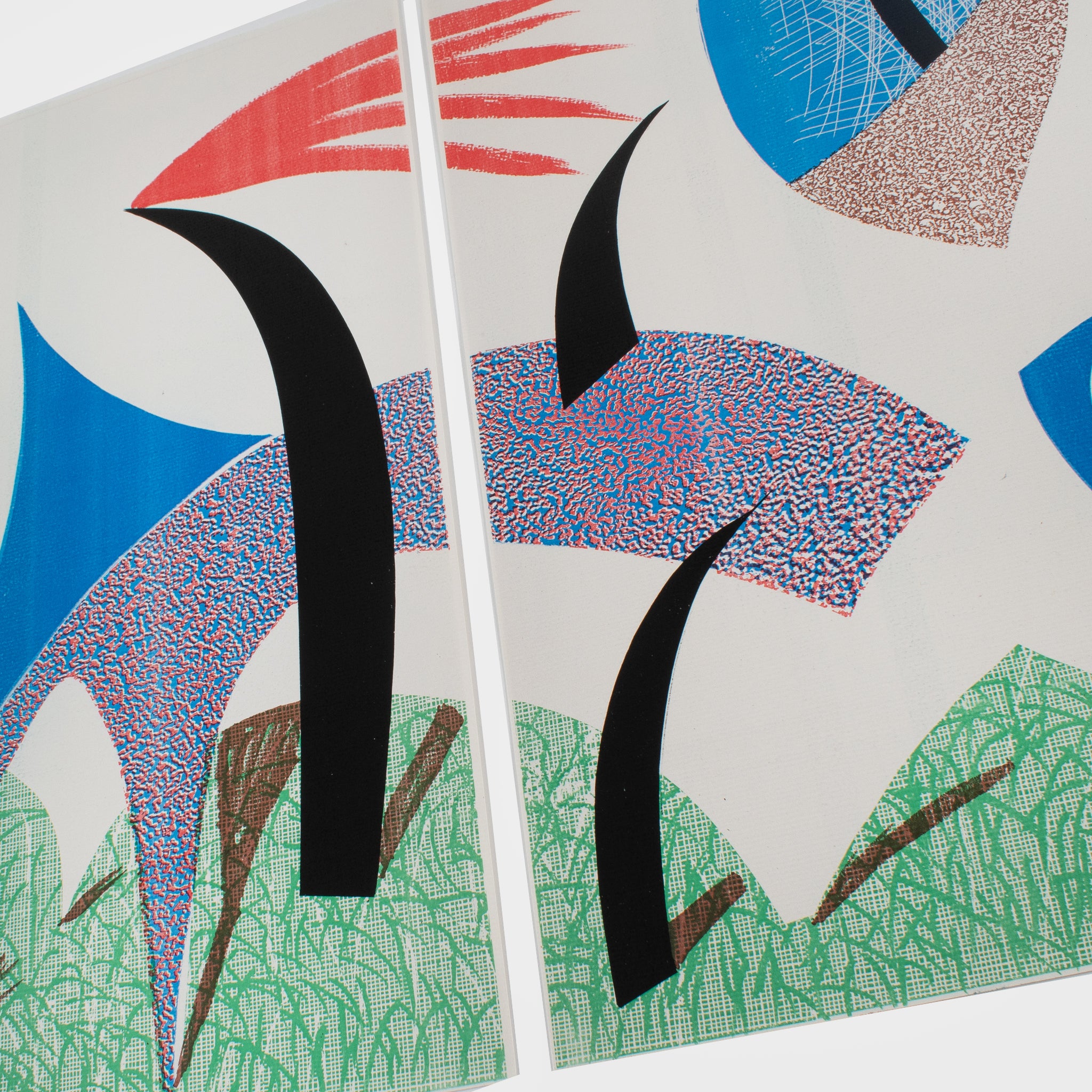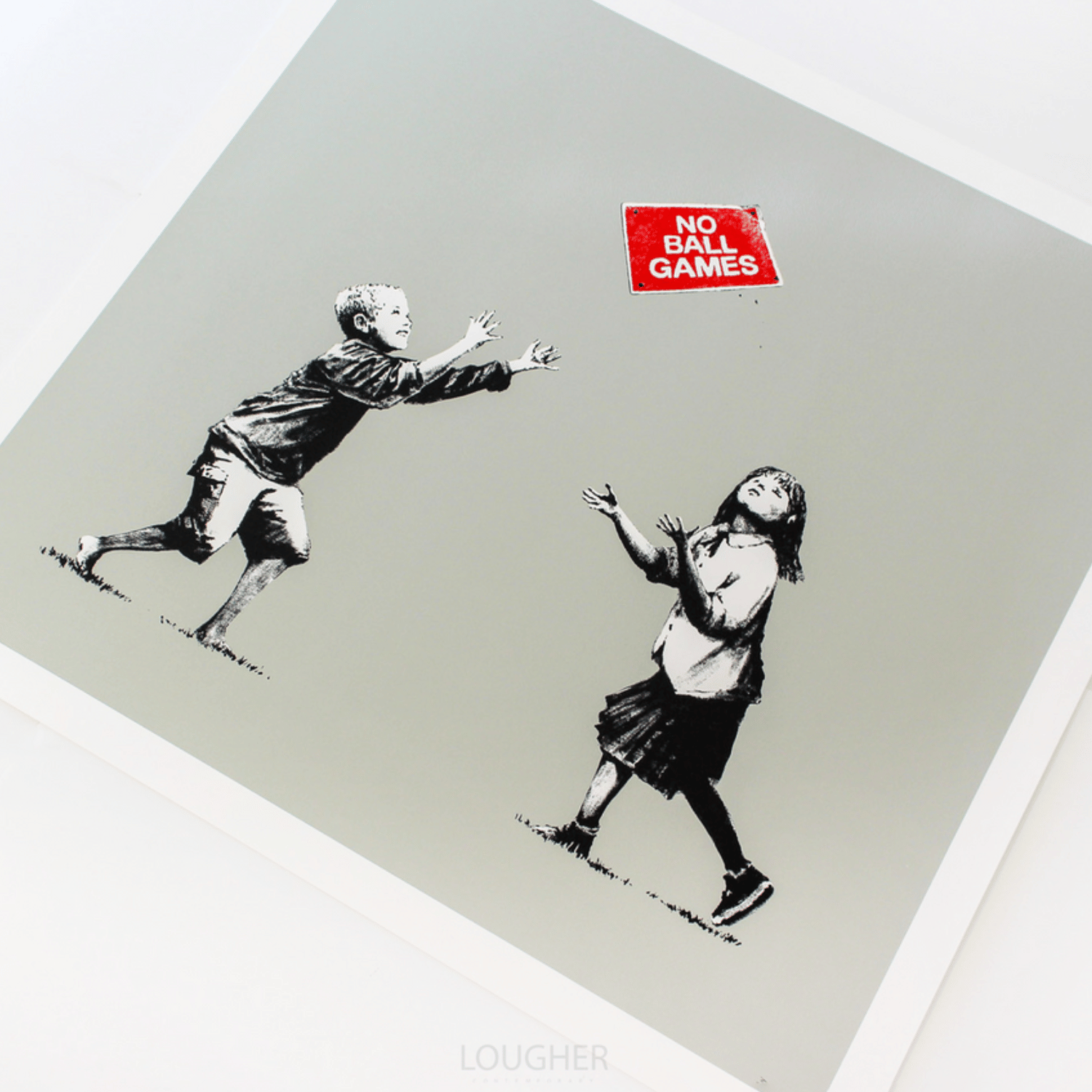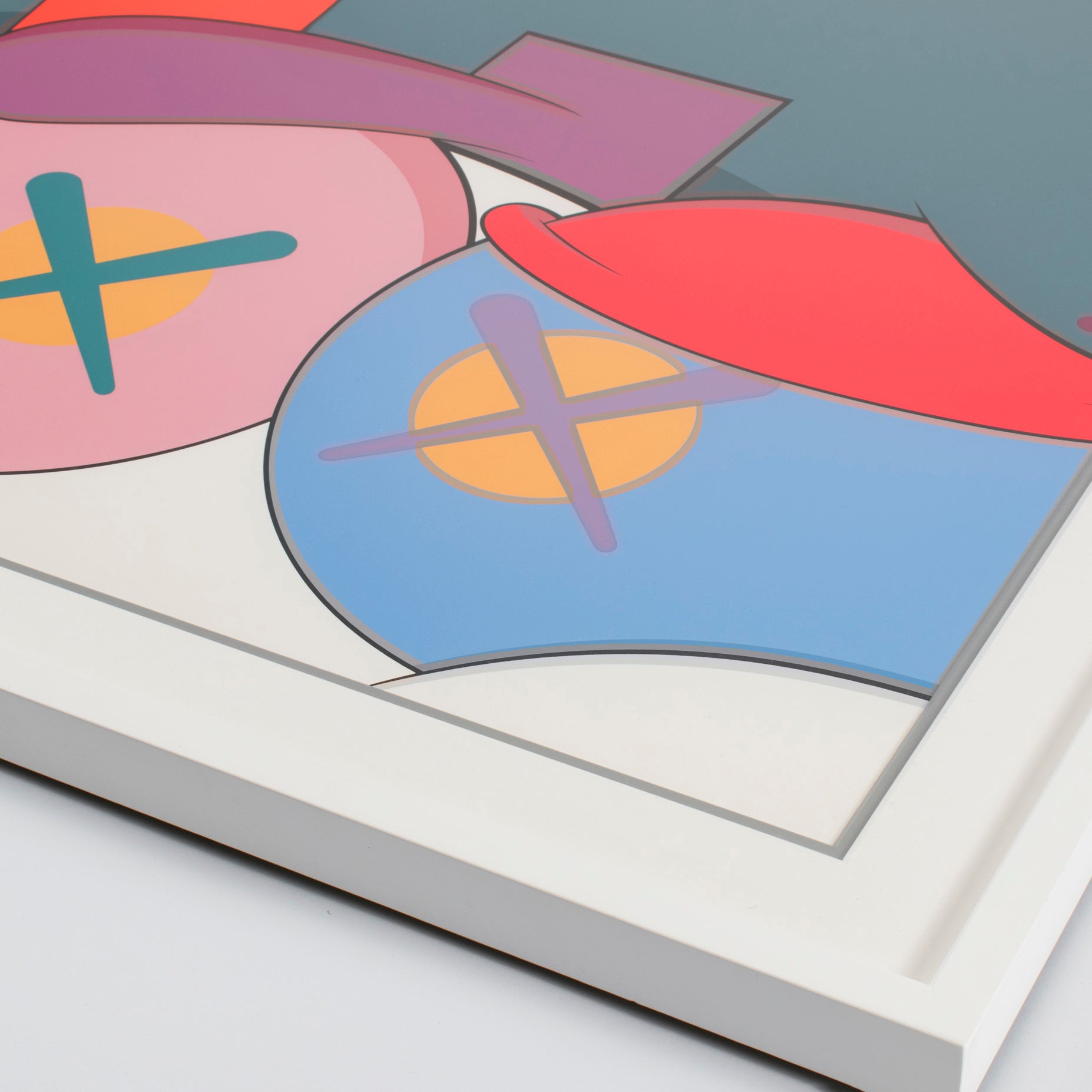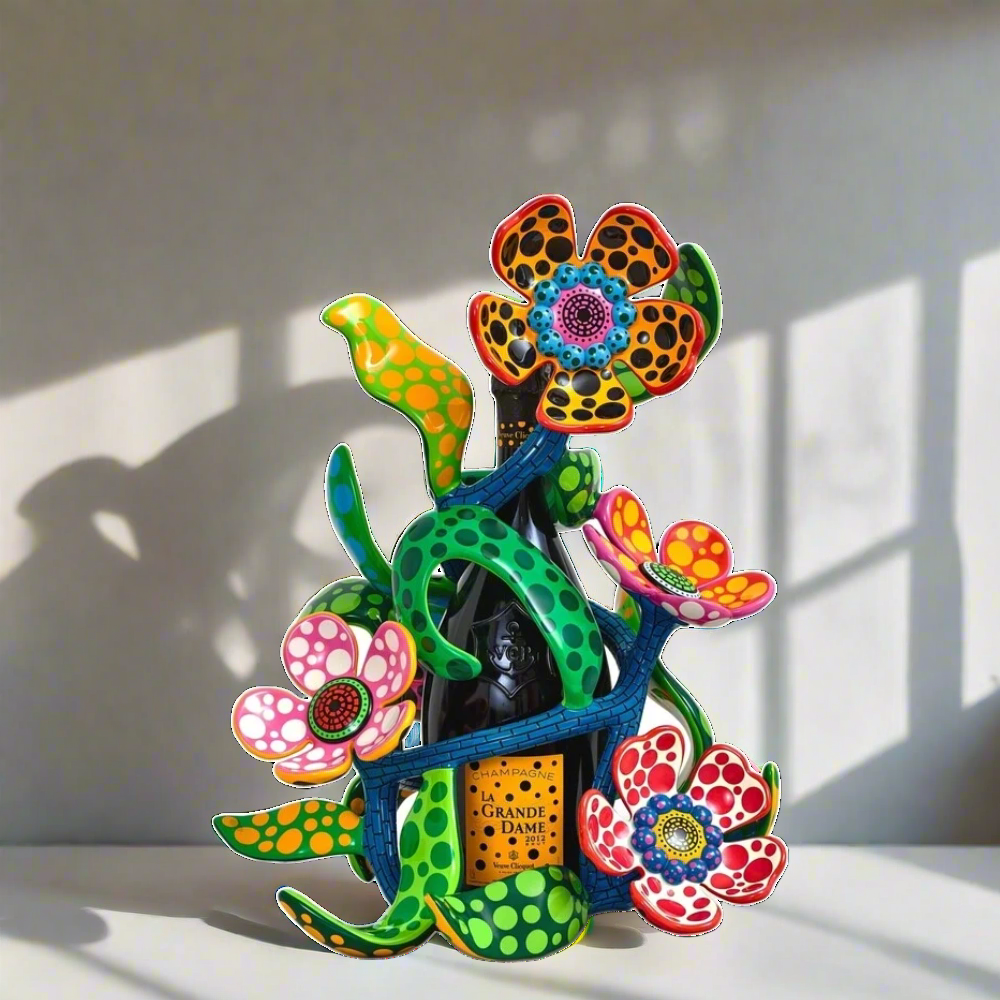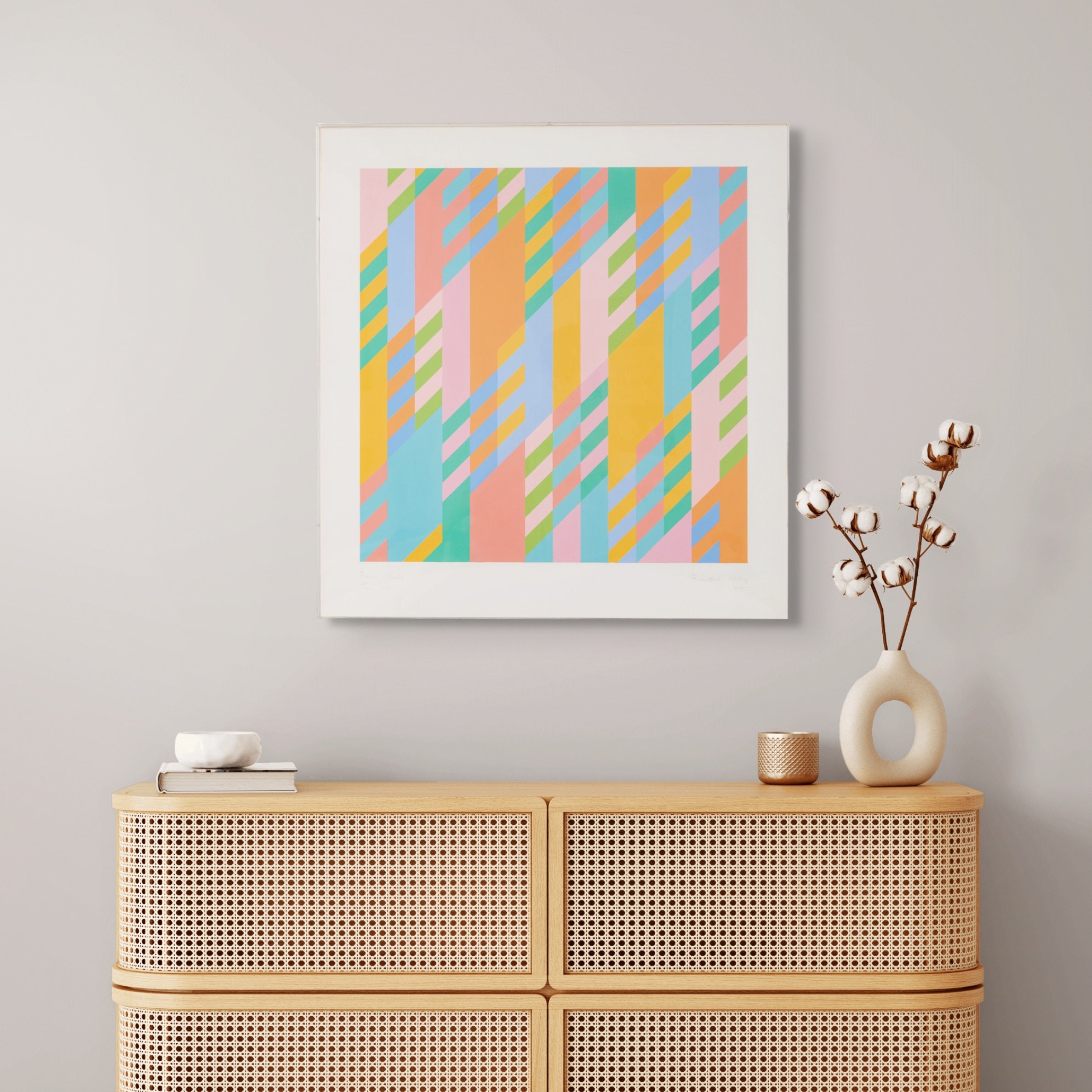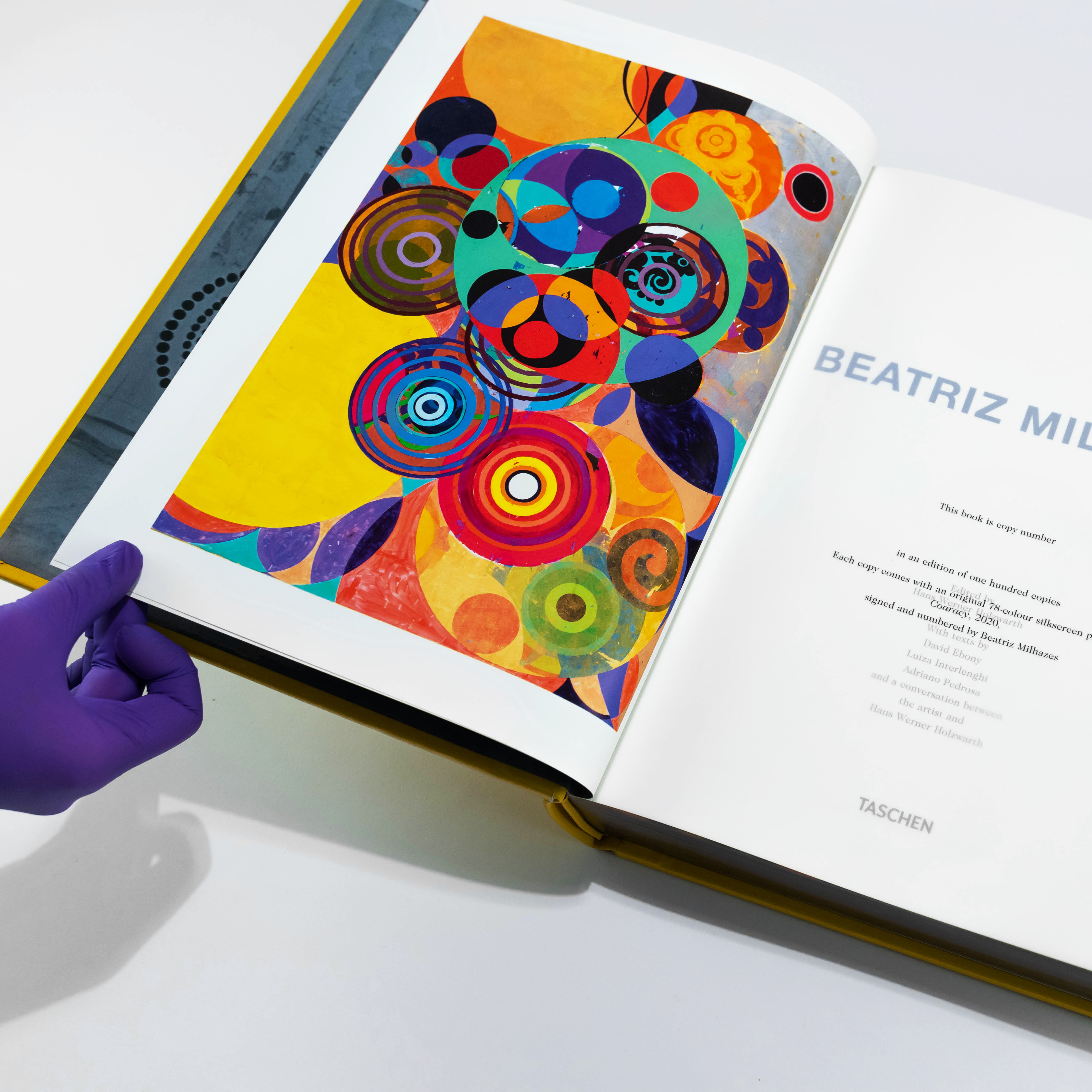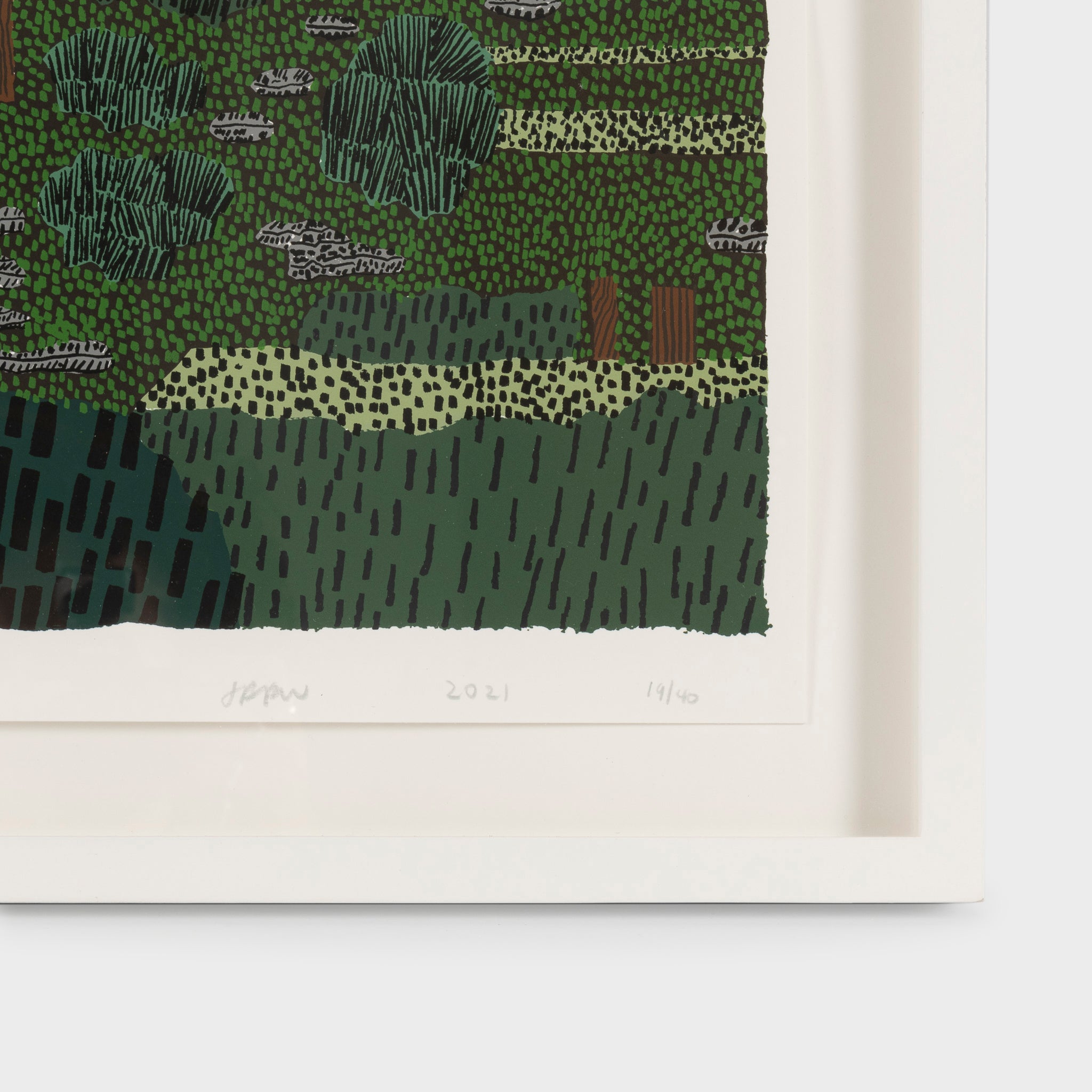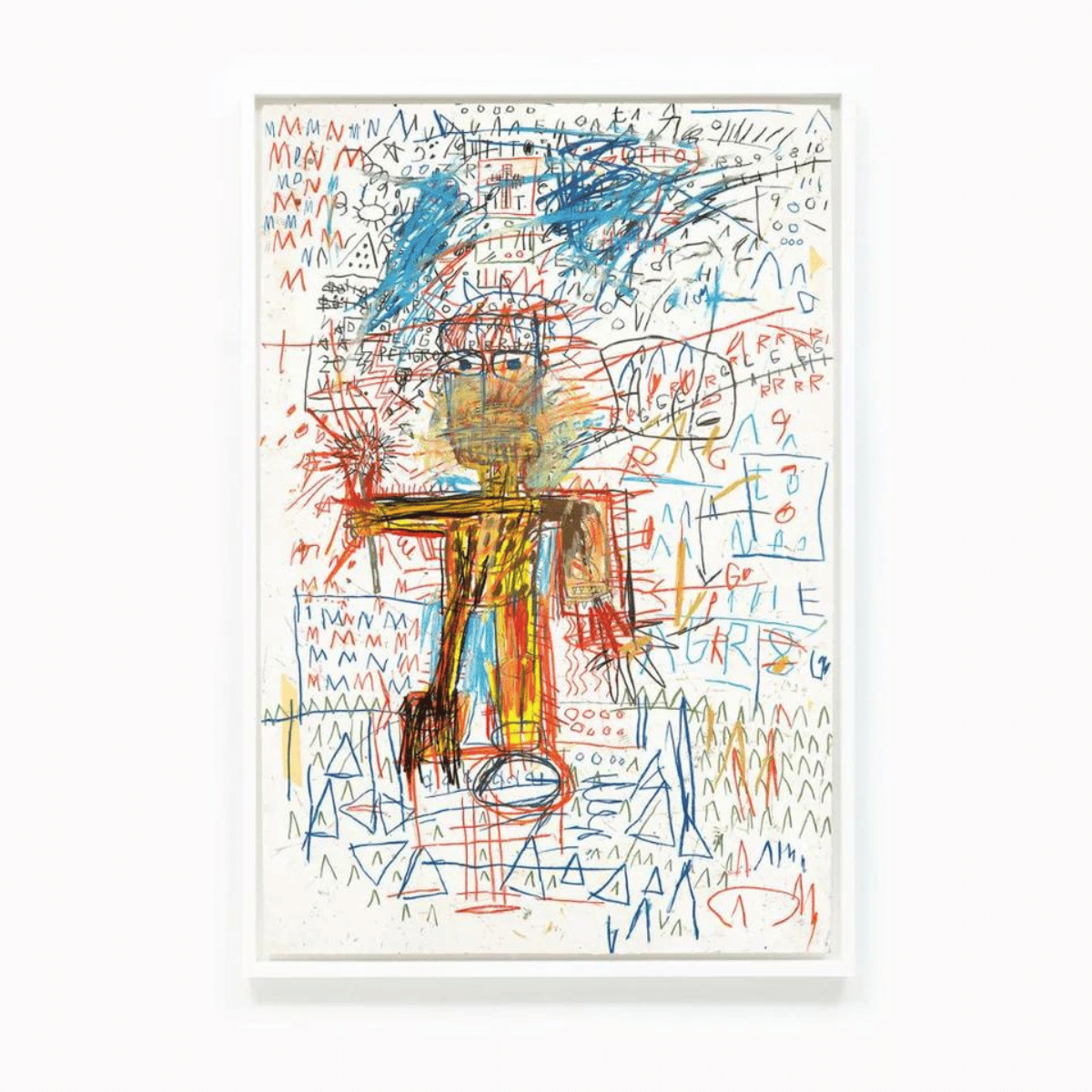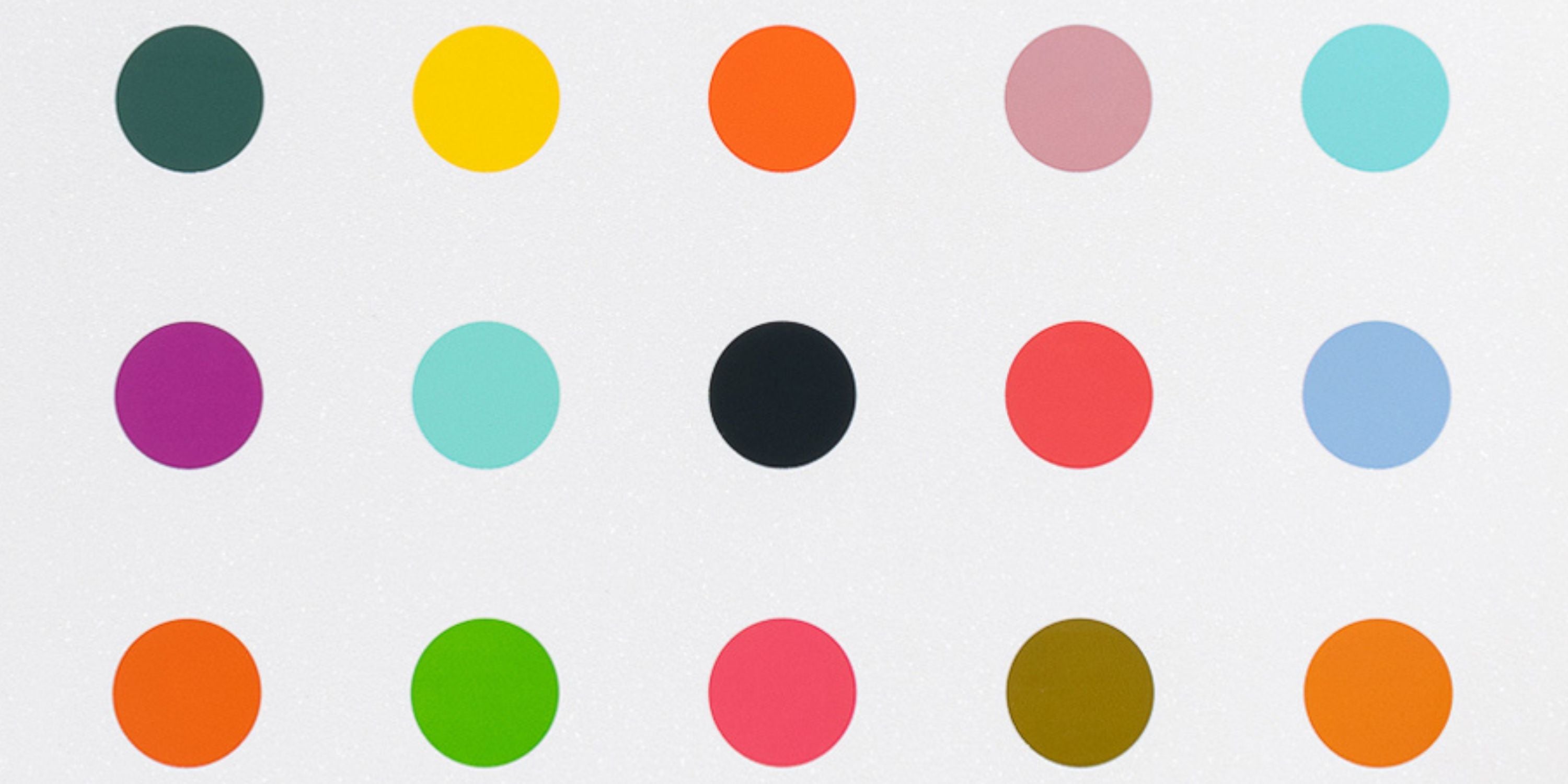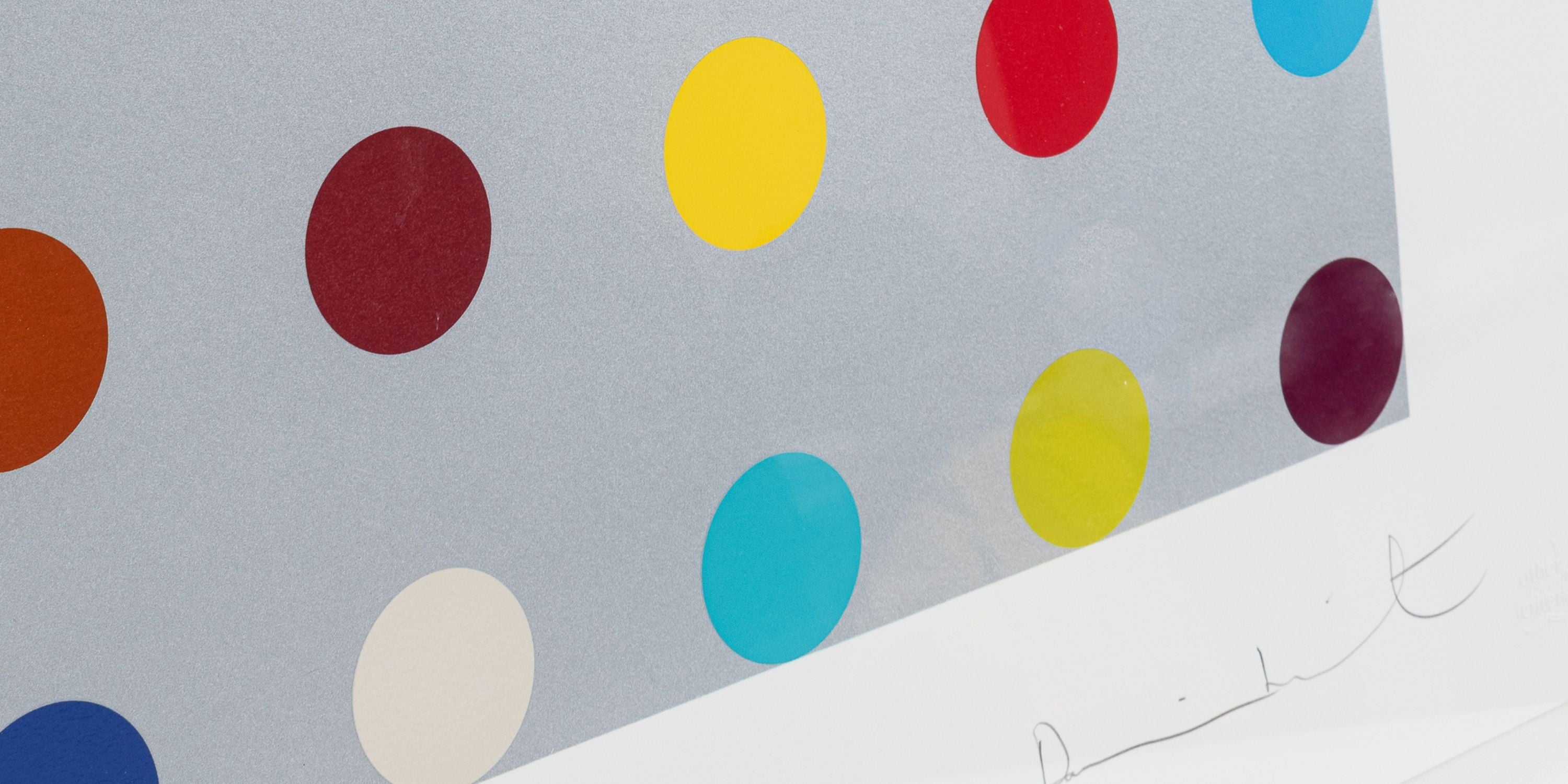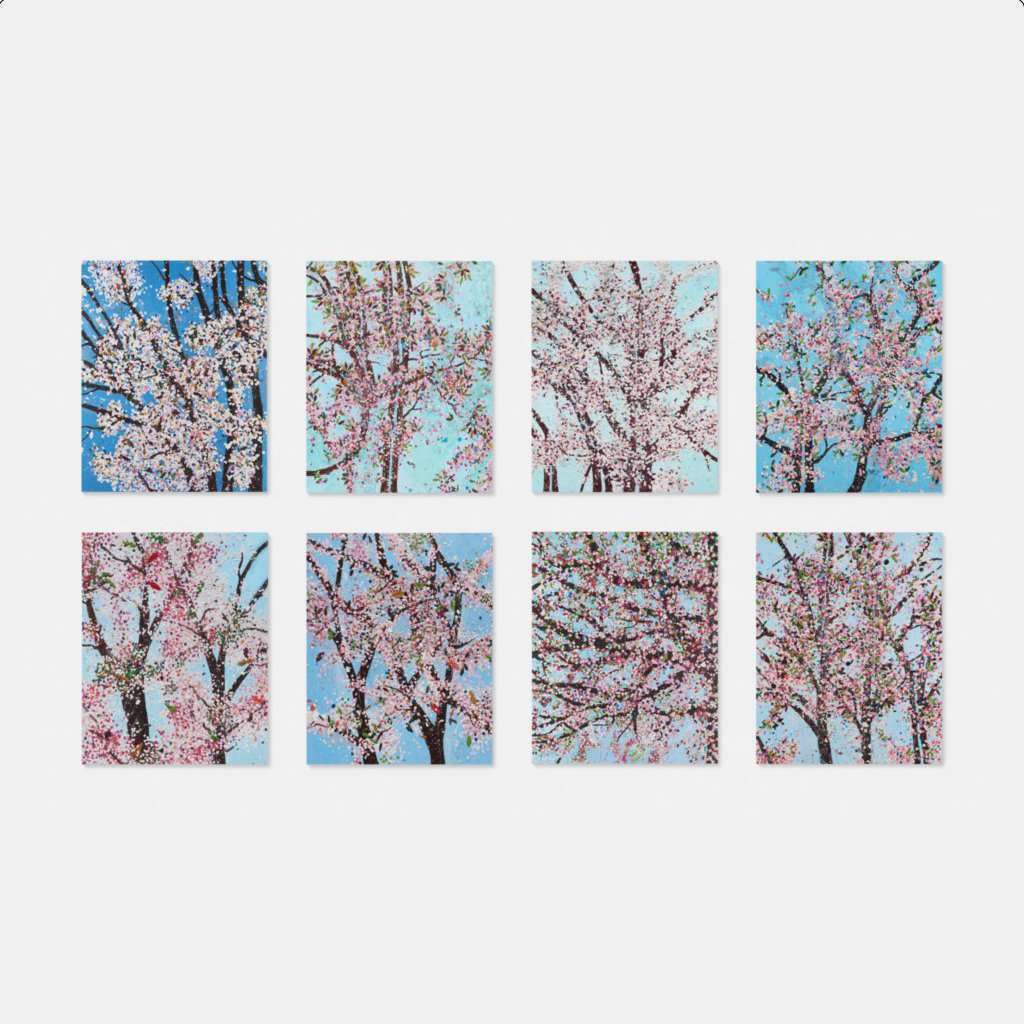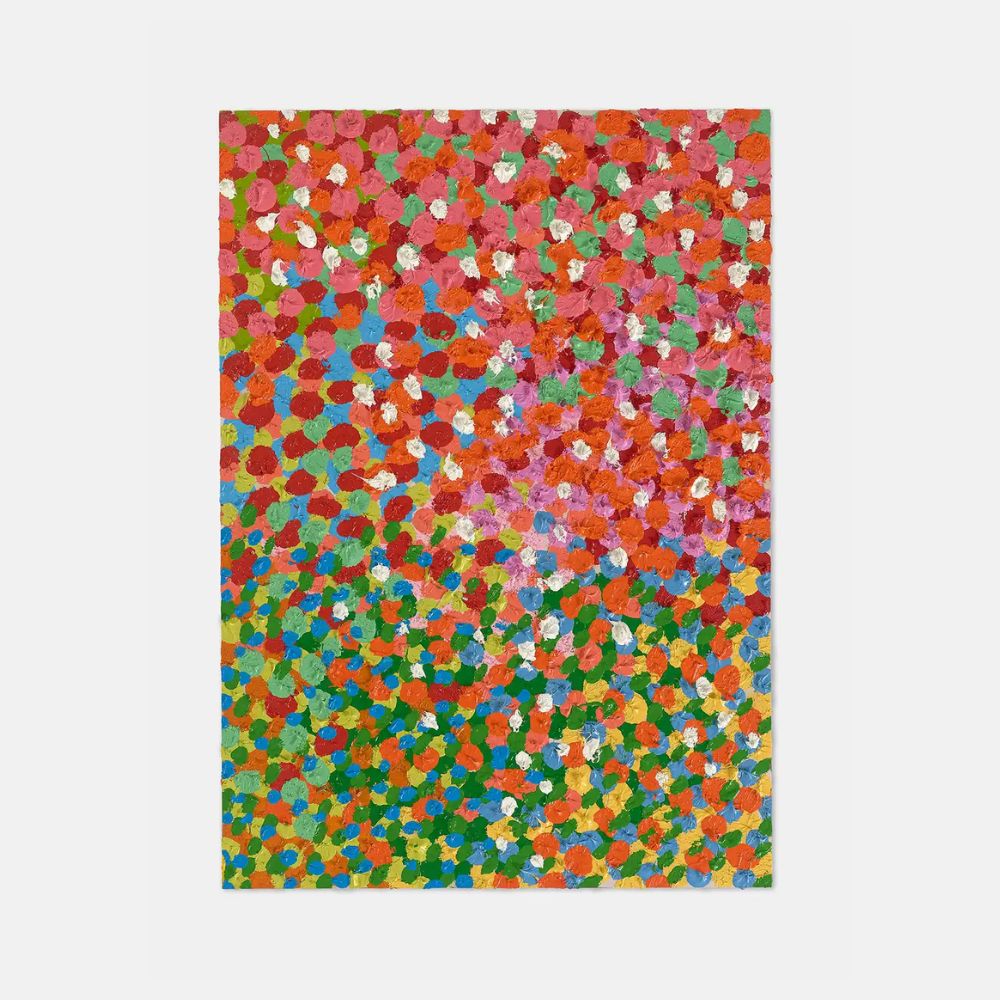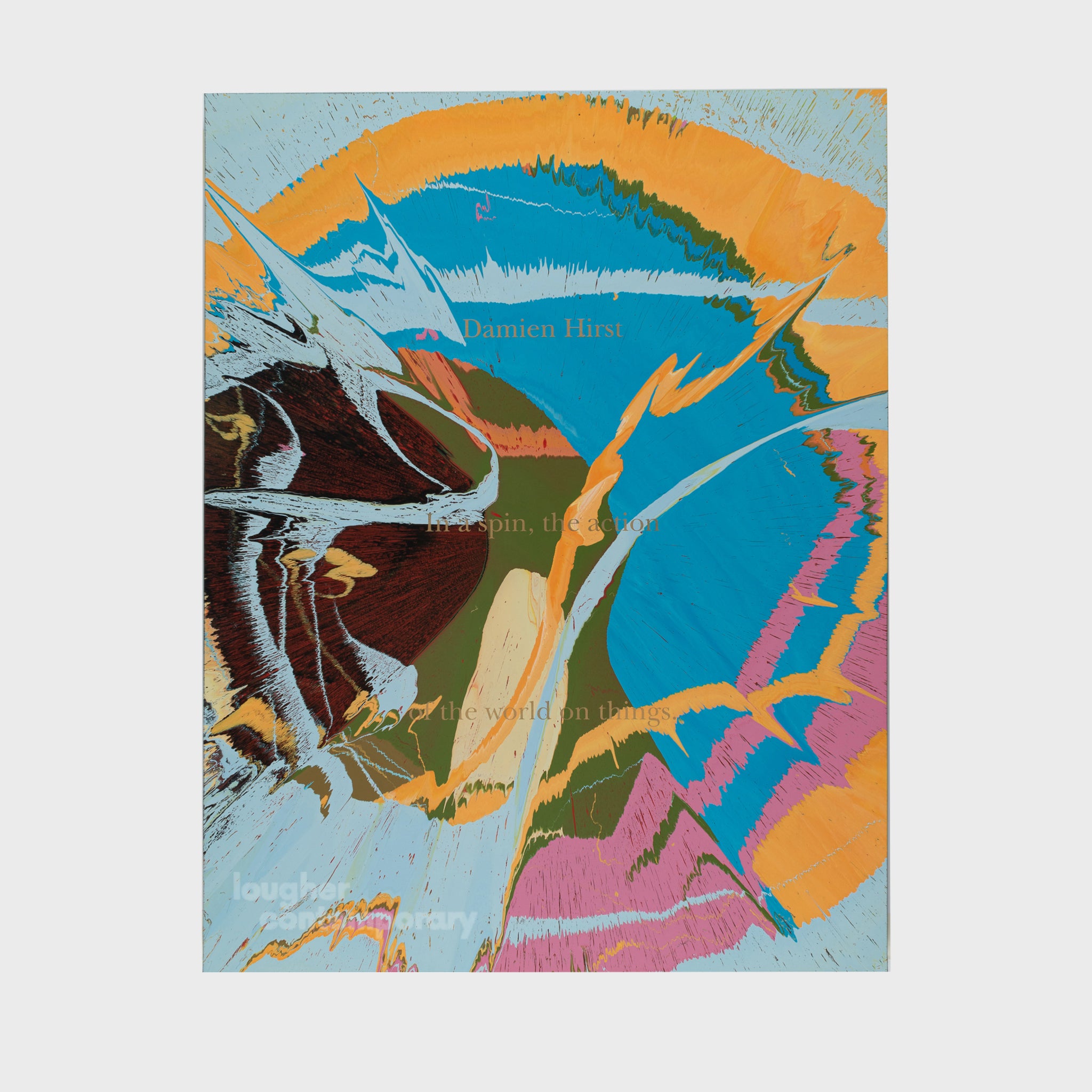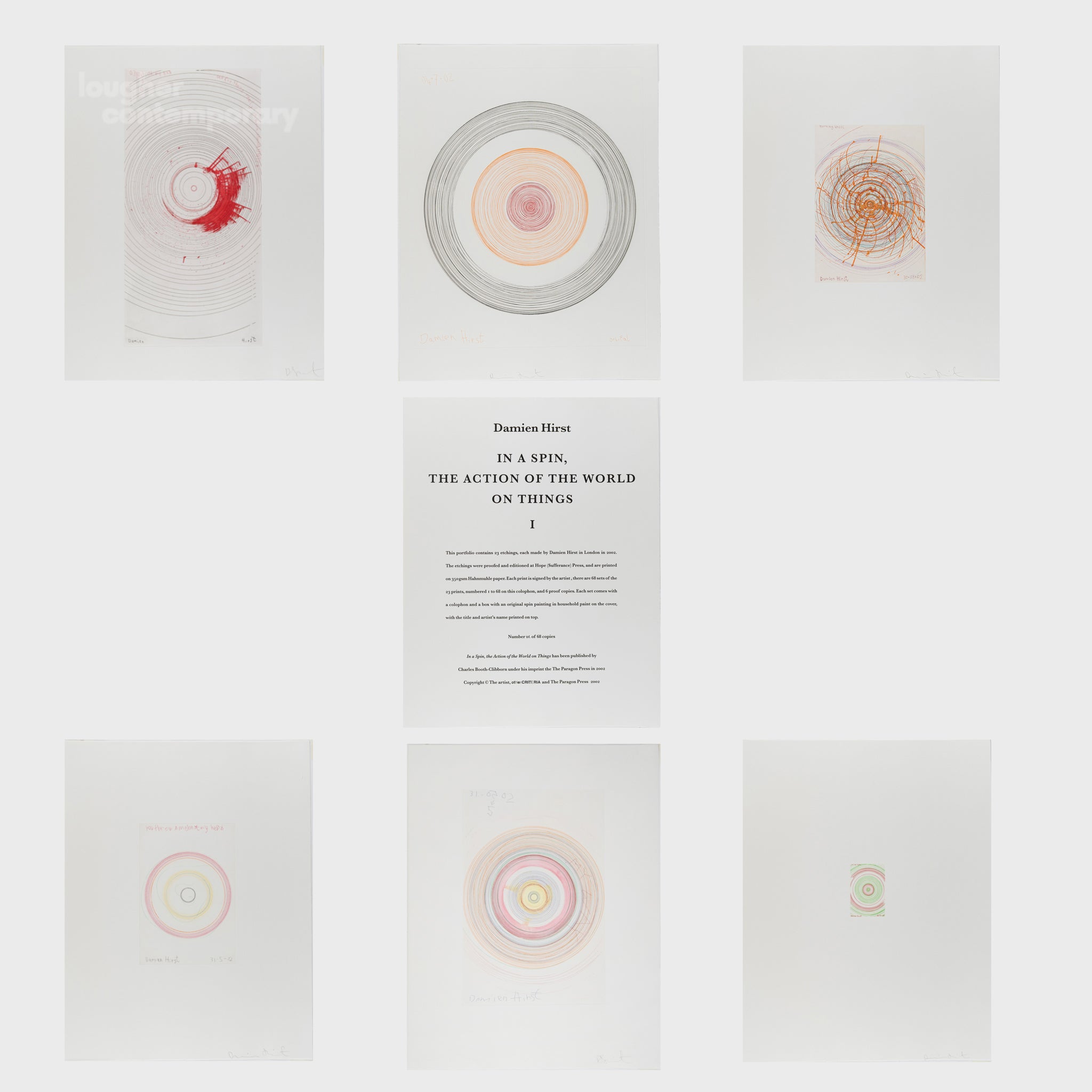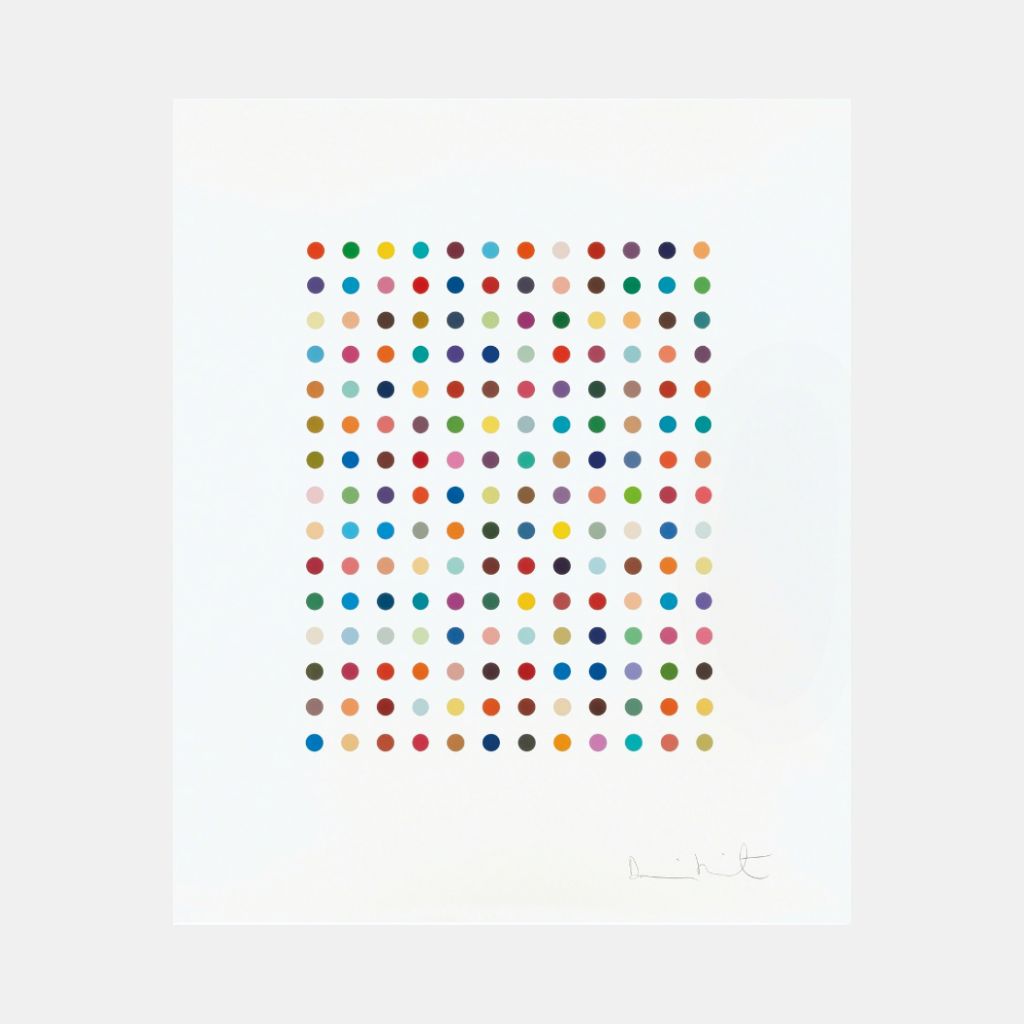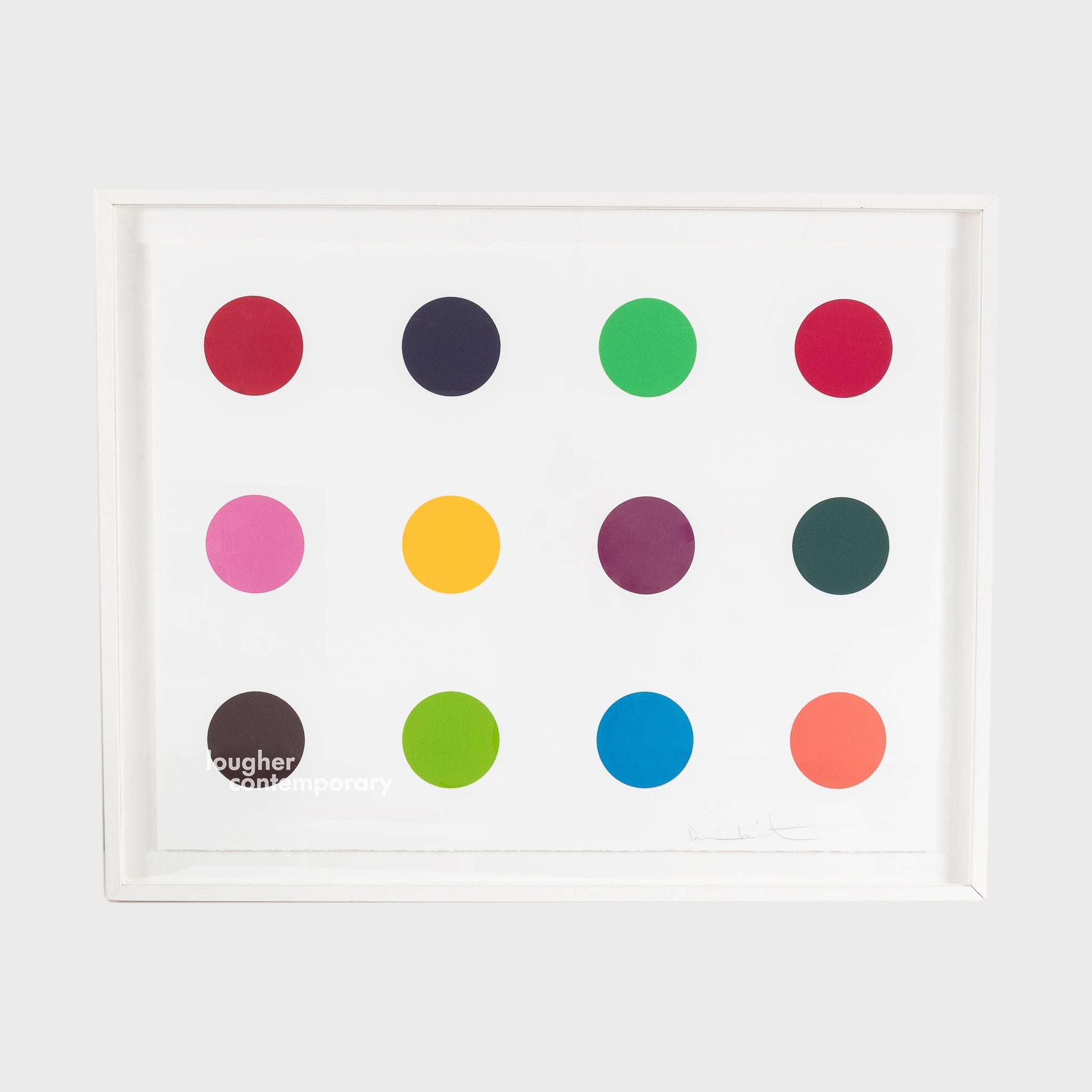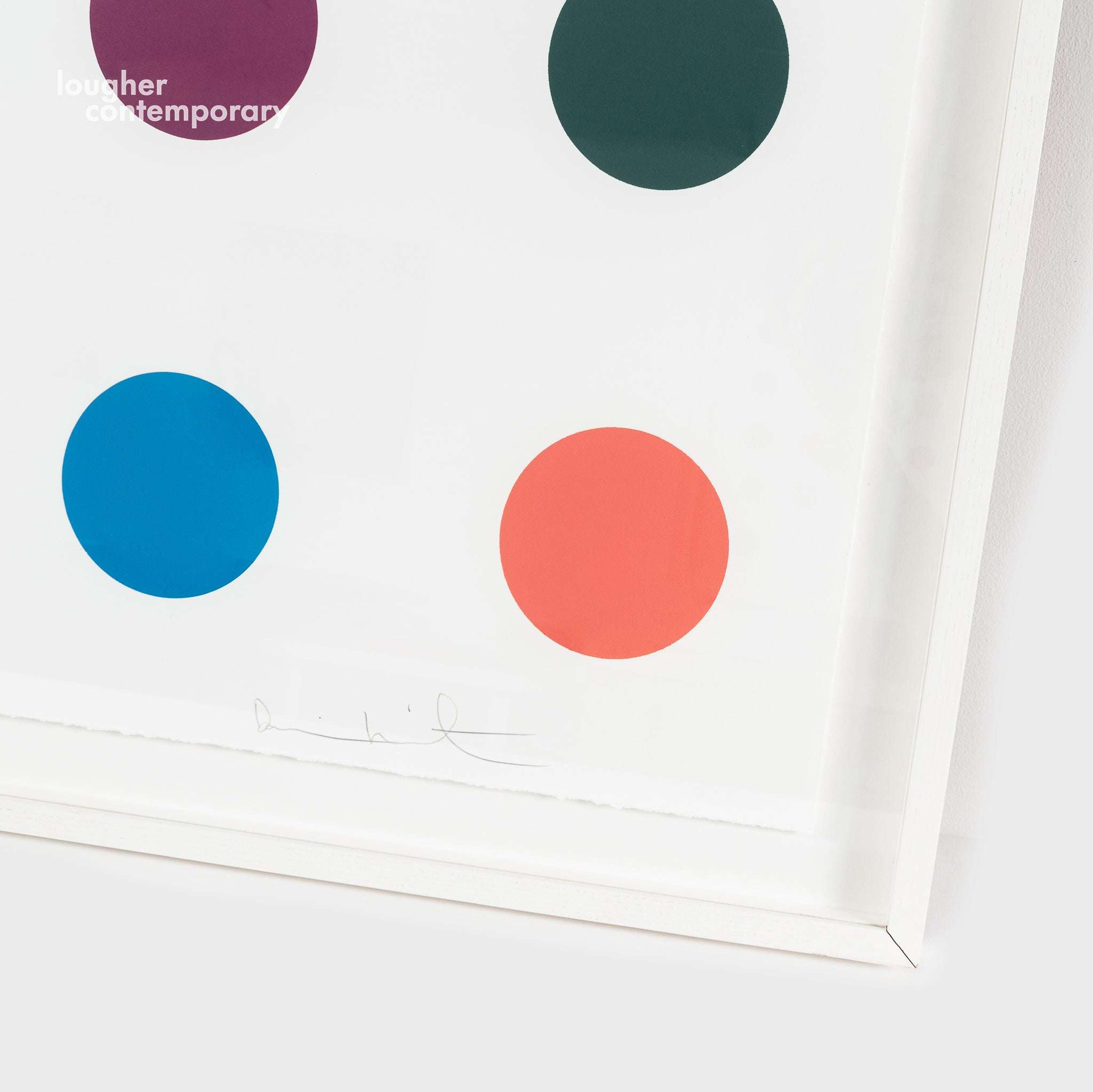Top Facts About Damien Hirst's Iconic Spot Prints
Damien Hirst, a name synonymous with provocative and boundary-pushing contemporary art, has created a body of work that consistently challenges perceptions. Among his most recognisable and iconic creations are his mesmerising spot prints. These seemingly simple arrangements of colourful dots have permeated popular culture, becoming an instantly identifiable symbol of his artistic vision. Beyond their striking visual appeal, Hirst's spot prints are rich with conceptual depth, a testament to his enduring influence on the art world. This article delves into the fascinating details behind these celebrated works, revealing key facts that underscore their importance and enduring allure.
Things to know about Hirst's Spot Prints:
1. Early Beginnings
Predating Fame The spot series didn't emerge after Hirst's rise to prominence. He began experimenting with spots as early as 1986, painting loose, hand-drawn spots on board. His first formal spot work on canvas, Untitled (with Black Dot), followed in 1988, two years before his groundbreaking Freeze exhibition.
2. The Genesis of the "Rules"
Freeze Exhibition At the Freeze exhibition in 1988, Hirst painted two large-scale spot arrangements, Edge and Row, directly onto the warehouse walls. These works established the strict "rules" that would govern all subsequent spot pieces: perfectly circular, evenly spaced spots, with no two colours ever being repeated within a single work.
3. A Challenge to Authorship
The Role of Assistants A defining characteristic of the spot series is the extensive use of assistants for their creation. Hirst deliberately removed any physical evidence of his own hand, aiming for a mechanically produced appearance. This practice challenges traditional notions of artistic authorship, prompting discussions about whether the idea or the execution holds greater artistic value. Hirst famously remarked, "The best spot painting you can have by me is one painted by Rachel," referring to one of his assistants.
4. The Science of Colour
"Perfect Harmony" Hirst, a self-proclaimed "colourist," views the spot paintings as a rigorous exploration of colour. He asserts that he "mathematically... discovered the most fundamentally important thing in any kind of art. Which is the harmony of where colour can exist on its own, interacting with other colours in a perfect format." Despite the vibrant appearance, the lack of repeated colours can create a subtle, almost subliminal sense of unease for the viewer.
5. Pharmaceutical Titles
A Deeper Meaning A crucial layer of meaning in the spot works comes from their titles, which are often names of pharmaceutical chemicals or compounds. Hirst frequently consulted medical dictionaries for inspiration. These titles connect the seemingly benign aesthetic to themes of science, medicine, and mortality, and society's reliance on pharmaceuticals.
6. Vast Scale
Thousands of Unique Works Hirst estimates he has produced around 1,400 spot paintings since 1988. The minimalist grid format and the use of assistants allow for an almost endless permutation of colours and compositions, making each spot work unique.
7. Commercial Success and Market Impact
The spot prints, particularly limited editions, have achieved significant commercial success. While many prints typically fetch between £1,000 and £5,000 at auction, a substantial number can reach up to £50,000, and some individual pieces have commanded much higher prices. Notable sales include a complete set of eight prints from "The Virtues" series, which fetched £120,000 at Phillips in 2022, and individual prints such as Methamphetamine, selling for over £60,000. Hirst's direct engagement with the art market, as seen in his record-breaking 2008 auction, further cemented the commercial power of these works.
8. Constant Evolution
Variations and Returns Hirst has only occasionally paused production of his spot paintings throughout his career. He continually returns to the motif with new variations, often associating them with specific drug groups, demonstrating the enduring potential of the concept.
9. Beyond Aesthetics
Commentary on Society Beyond their visual appeal, the repetitive nature of the spots, combined with their pharmaceutical titles, can be interpreted as a commentary on the sinister realities of dependency in modern society. This adds a critical dimension to their deceptively simple aesthetic.
10. Iconic British Art
Media Familiarity The iconic nature of Hirst's spot works is partly due to his consistent presence in the media, particularly following his Turner Prize win in 1995. This widespread familiarity has made the spot motif synonymous with Hirst and a significant part of contemporary British art culture.
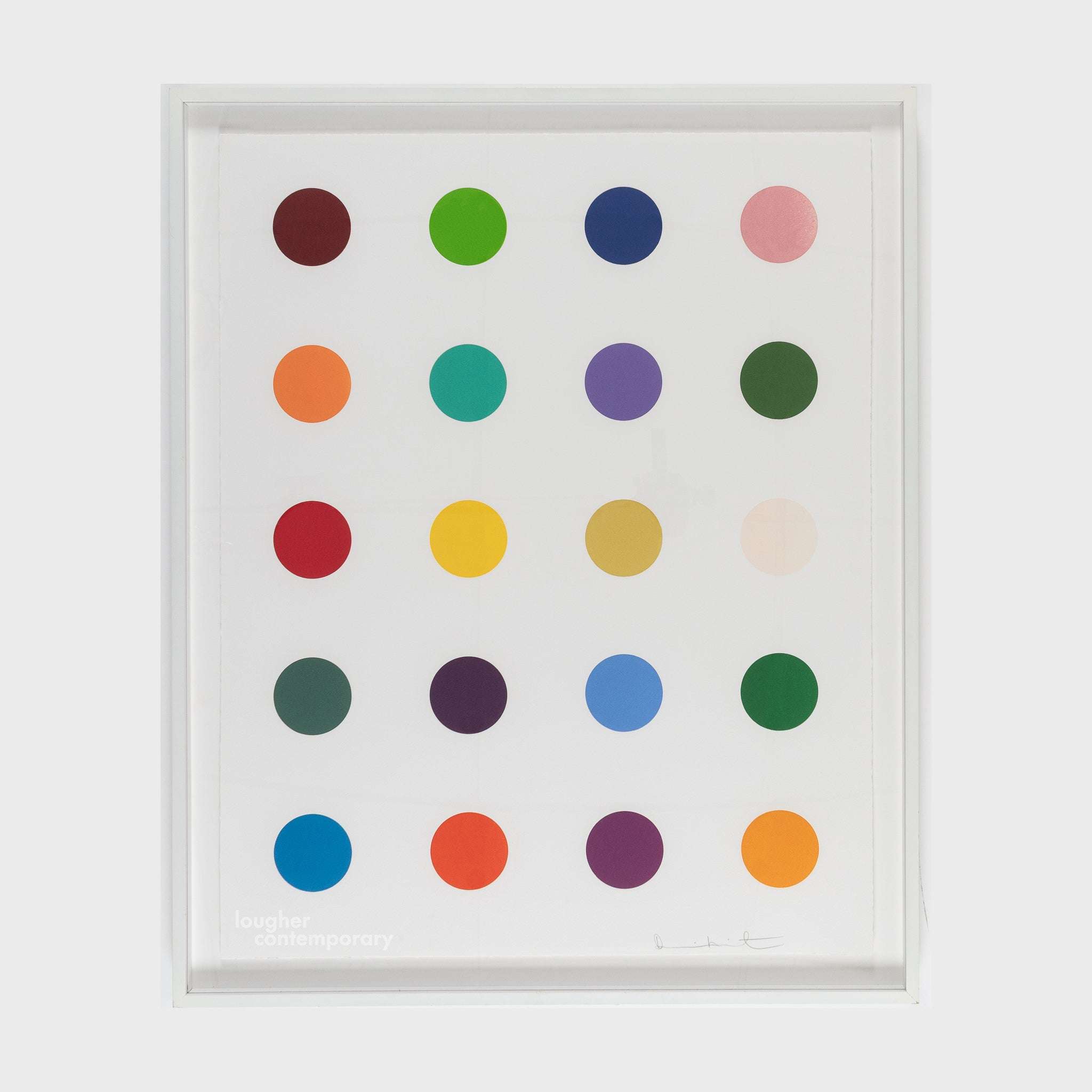
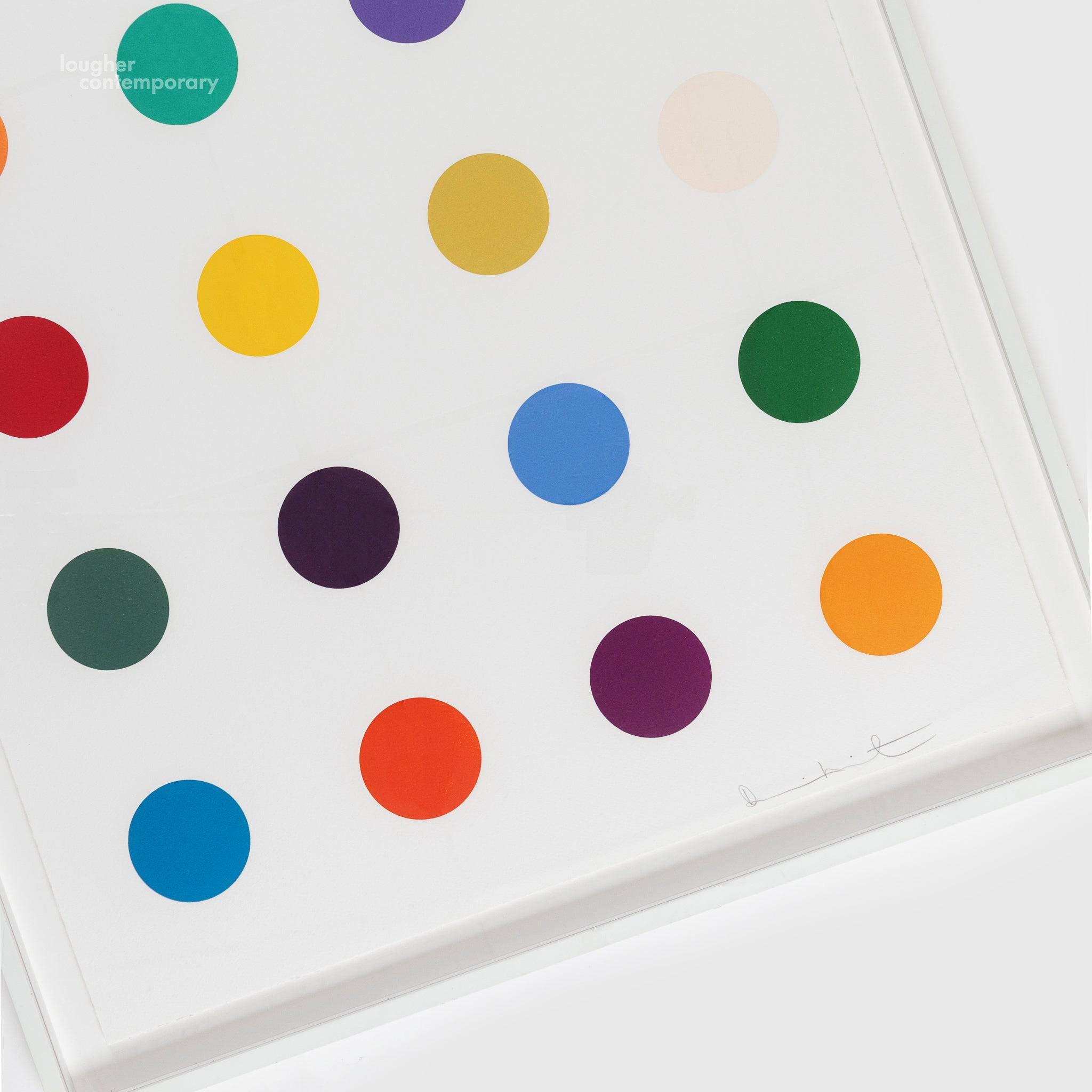
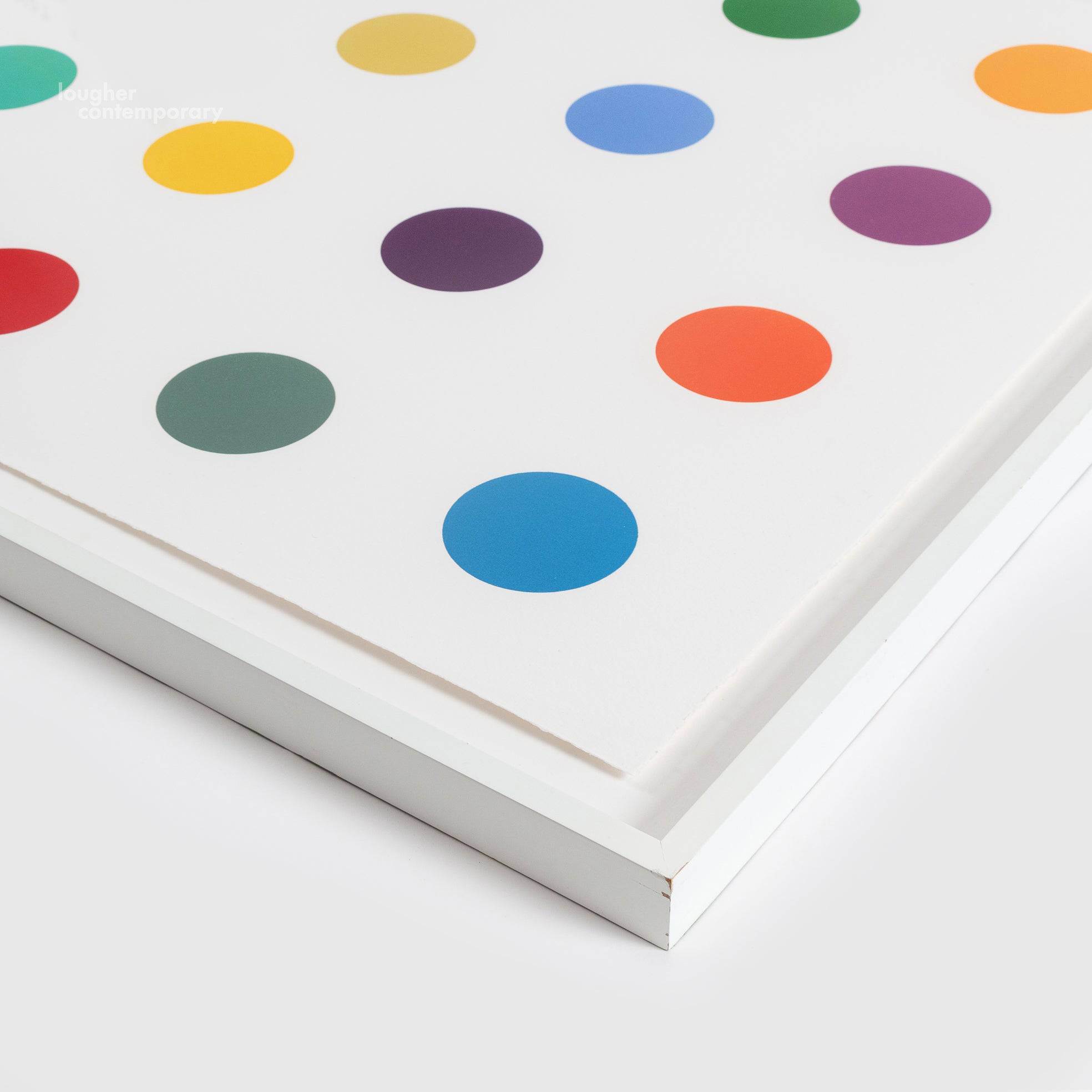
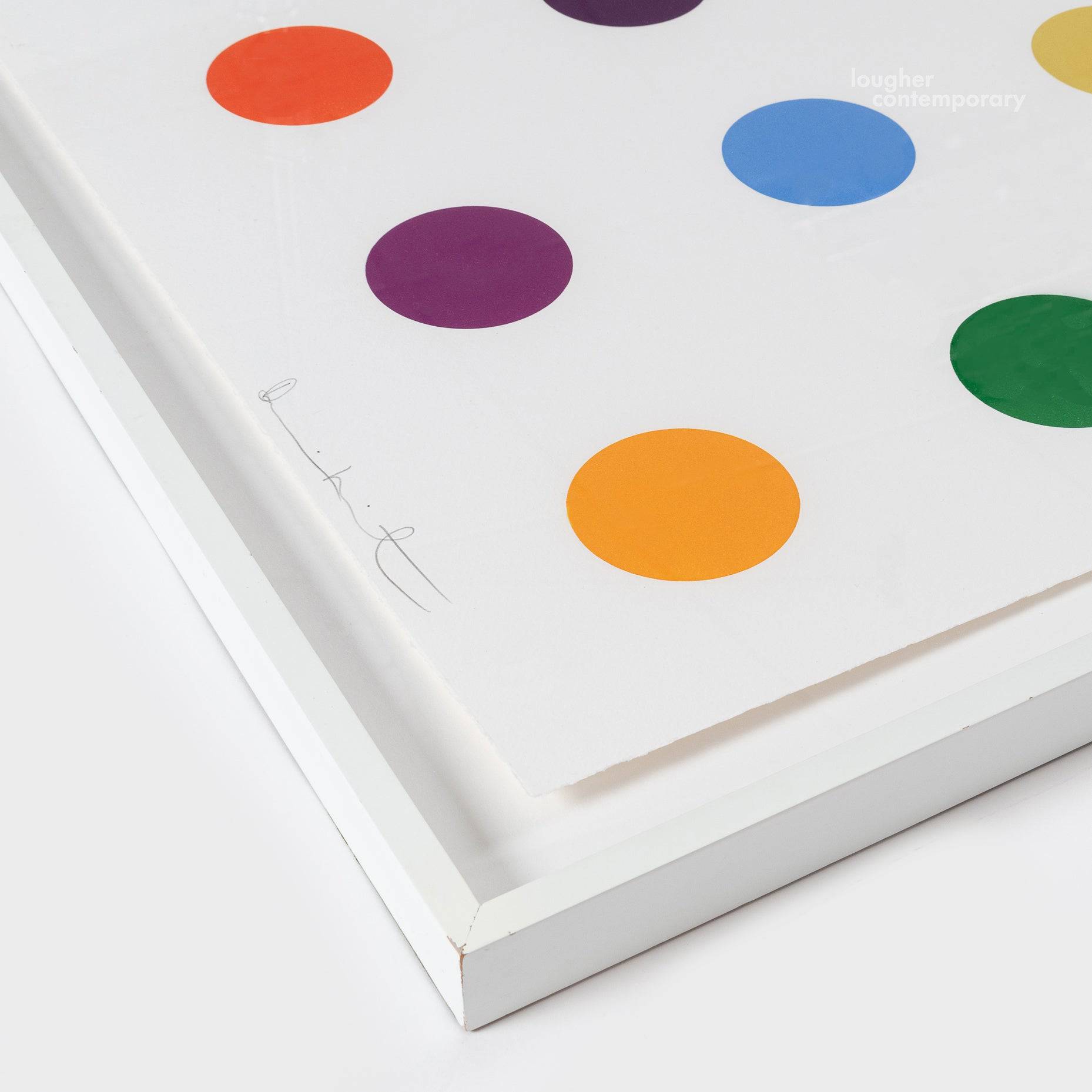
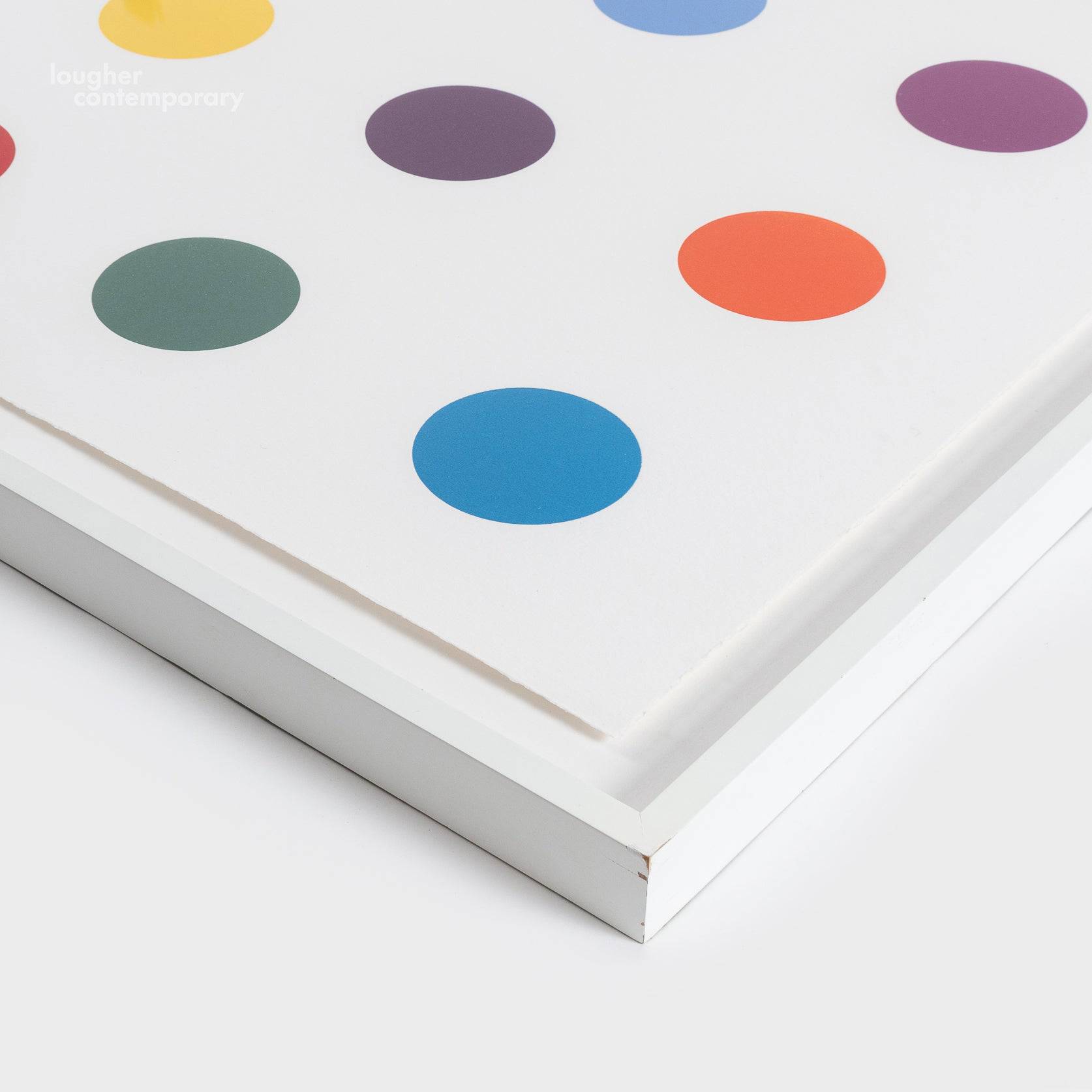
Woodcut in colours, on Somerset Textured paper with full margins
Edition of 55
80.2 x 63.5 cm (31.5 x 25 in)
(Frame 88.5 x 72 x 3.4 cm, 34.8 x 28.3 x 1.3 in)
Signed on the front, numbered on the back
Mint. Artwork not inspected outside of frame. Frame has minor scratches throughout
Float-mounted with Plexiglass
Damien Hirst's spot prints are far more than just decorative patterns. They are a powerful artistic statement, born from a rigorous conceptual framework and a keen understanding of both colour theory and the art market. From their humble beginnings to their status as global icons, these works have consistently challenged conventional notions of art, authorship, and value. Their ongoing popularity and significant commercial worth underscore their importance not only as visually arresting objects but also as crucial markers in the trajectory of contemporary art. The spot prints remain a testament to Hirst's ability to provoke, inspire, and perpetually redefine the boundaries of artistic expression.


